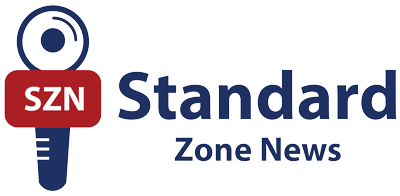
The United Nations Central Emergency Response Fund (CERF) has allocated US$10 million to support life-saving humanitarian assistance for more than 270,000 people in South Sudan.
This allocation comes amid escalating humanitarian needs driven by conflict, flooding, acute food insecurity and cholera outbreaks.
In a statement seen by this publication, the funding will target communities in six high-risk counties: Canal/Pigi, Fangak, Ayod, and Akobo in Jonglei State, and Panyikang and Fashoda in Upper Nile State.
The UN said these areas have been severely affected by overlapping crises, leaving families in critical need of immediate humanitarian support.
“This timely and much-needed CERF funding will contribute towards mitigating acute vulnerabilities and protection risks through coordinated interventions led by United Nations agencies and their partners in South Sudan,” said Ms. Anita Kiki Gbeho, the Humanitarian Coordinator for South Sudan.
“The allocation must also serve as a catalyst to mobilize support for the millions more in need across the country.”
Since March, conflict has escalated in Upper Nile State, with more than 130,000 people displaced, including thousands reportedly crossing into Ethiopia, according to the UN.
The ongoing rainy season is expected to bring heavy flooding to areas already affected in previous years.
Meanwhile, South Sudan continues to face its most severe cholera outbreak on record, with 60,530 cases and 1,247 deaths reported nationwide as of 18 May.
An estimated 7.7 million people—representing 57 per cent of the analyzed population—are projected to face high levels of acute food insecurity (IPC Phase 3 or above) between April and July 2025. Approximately 63,000 people, are expected to experience Catastrophe (IPC Phase 5), the most severe level of food insecurity.
“CERF funding will help ensure they receive food, cash assistance, seeds, tools, fishing kits, shelter, non-food items, water, sanitation and hygiene supplies, as well as health, nutrition and protection services. They will also need continued support to restore their livelihoods and rebuild their lives,” said Ms. Gbeho.
As of now, the 2025 Humanitarian Needs and Response Plan for South Sudan—seeking $1.7 billion to assist 5.4 million people—is only 16.6 per cent funded. Continued support is urgently needed to sustain life-saving assistance.

